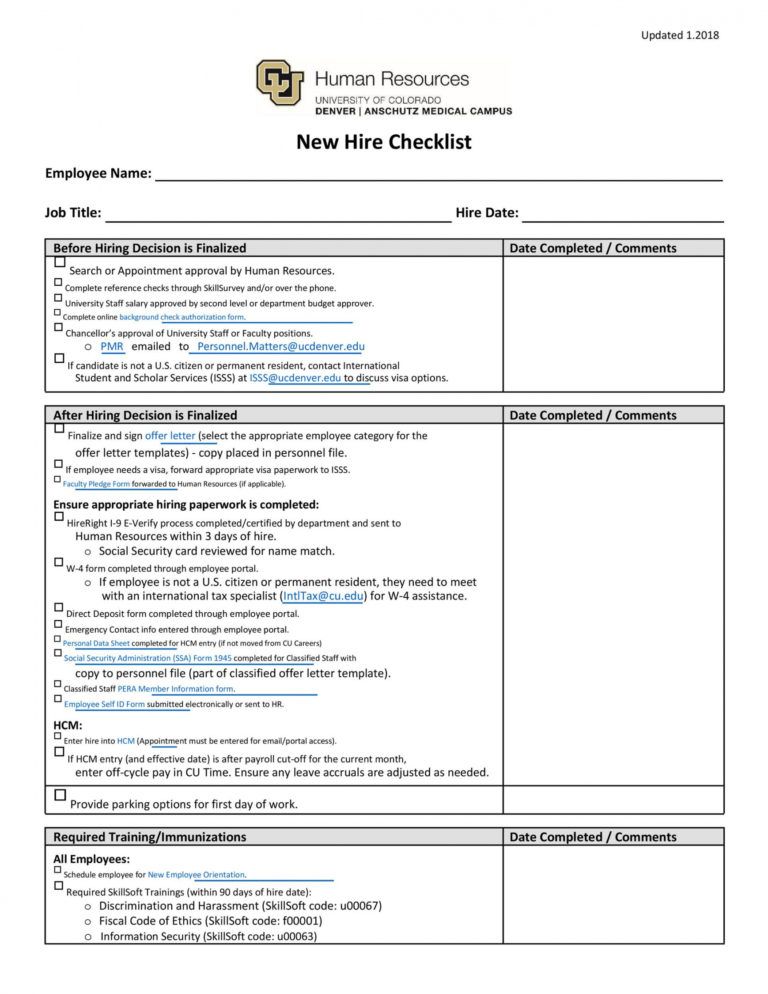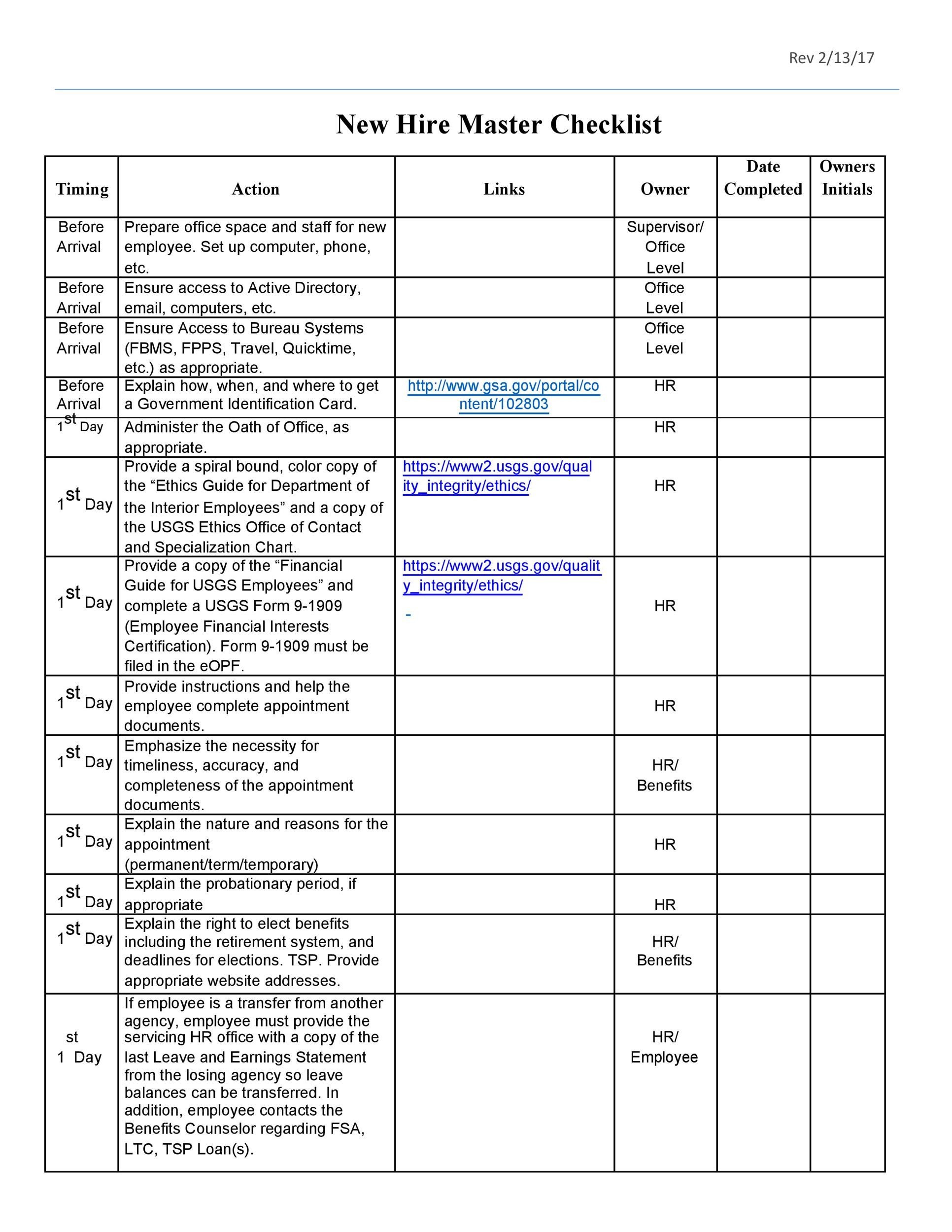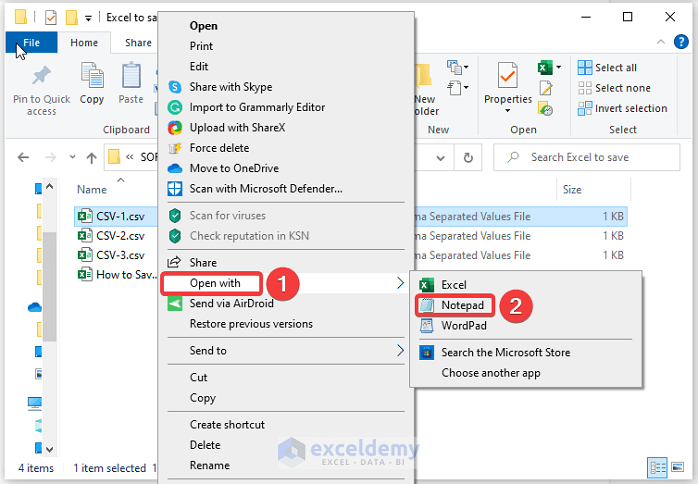Layoff Paperwork Checklist: What Documents to Provide

Navigating the waters of layoffs can be challenging for both employers and employees. Ensuring that the process is handled with dignity and efficiency often comes down to the preparation and provision of the correct layoff documentation. This comprehensive guide outlines the essential layoff paperwork checklist, offering insights into what documents should be prepared and provided during this critical transition.
Understanding Layoff Documentation

Before diving into the specifics, it’s crucial to understand why providing the right documentation during layoffs is vital. These documents serve several purposes:
- Legal Compliance: Certain laws mandate the provision of particular documents during layoffs.
- Employee Support: Providing clear information helps employees understand their situation and options.
- Company Image: Handling layoffs with the right paperwork shows professionalism and care, which can impact public perception and employee morale.
What Documents to Provide

The following is a detailed checklist of documents that should be included in your layoff paperwork:
1. Layoff Notification Letter

This is the initial document to inform an employee of their layoff. The letter should include:
- Reason for the layoff.
- Date of termination.
- Details on severance, if any.
- Employee rights and options.
2. Severance Agreement

If your company offers severance packages, this document outlines:
- Amount of severance pay.
- Payment schedule.
- Conditions for receiving severance.
3. COBRA Notice

For U.S. employers, the COBRA notice informs employees of their right to continue health insurance coverage:
- Continuation of health benefits.
- Payment details.
- Election period for coverage.
4. Unemployment Benefits Information

This document should guide laid-off employees on how to apply for unemployment benefits:
- Application process.
- Eligibility criteria.
- Contact information for the state unemployment office.
5. Employee Handbook

Provide a copy or reference to the employee handbook for:
- Post-termination policies.
- Return of company property.
6. Benefits Summary

Include details on remaining benefits, such as:
- Pending vacation payouts.
- Health insurance continuation.
- 401(k) or other retirement plans.
7. Release of Claims

This document might be required in exchange for severance:
- Legal language waiving the right to sue the company for certain claims.
- Review period before signing.
8. Outplacement Services

If offered, provide information on outplacement support:
- Resume assistance.
- Job search support.
9. Retirement Plans

Detail any retirement accounts or pensions:
- Current balance.
- Options for continuation or withdrawal.
10. Contact Information

Ensure employees have a way to reach out post-layoff:
- HR department contact.
- Benefits administrator details.
Additional Considerations

- Record Keeping: Maintain copies of all provided documentation.
- Confidentiality: Handle sensitive information with care.
- Communication: Inform employees of where and how to access documents after the layoff meeting.
📝 Note: It's essential to tailor this checklist to your company's specific legal requirements and company policies.
By ensuring that every document is meticulously prepared and provided, you can facilitate a smoother transition for employees during the difficult layoff process. This not only helps in reducing legal risks for the company but also showcases empathy and support for the affected individuals.
What is the purpose of a release of claims document?
+The release of claims document is used to protect the employer from future litigation by obtaining the employee’s agreement not to sue the company for certain claims related to the employment or termination.
Do employees have to sign a severance agreement?
+No, employees are not required to sign a severance agreement, but not signing it might mean they will not receive any severance benefits, if offered by the company.
Can laid-off employees continue health insurance?
+Yes, through COBRA (Consolidated Omnibus Budget Reconciliation Act) in the U.S., employees can continue their health insurance for a period, although they will have to pay the full premium themselves.



